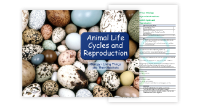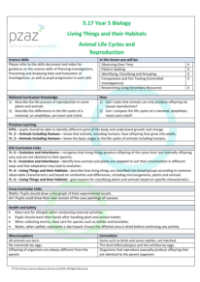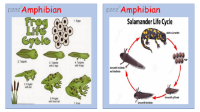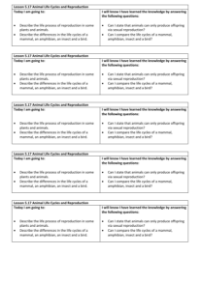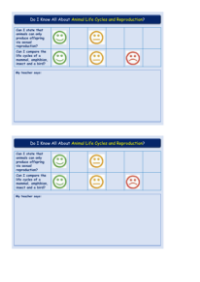Animal Life Cycles and Reproduction - Results Tables
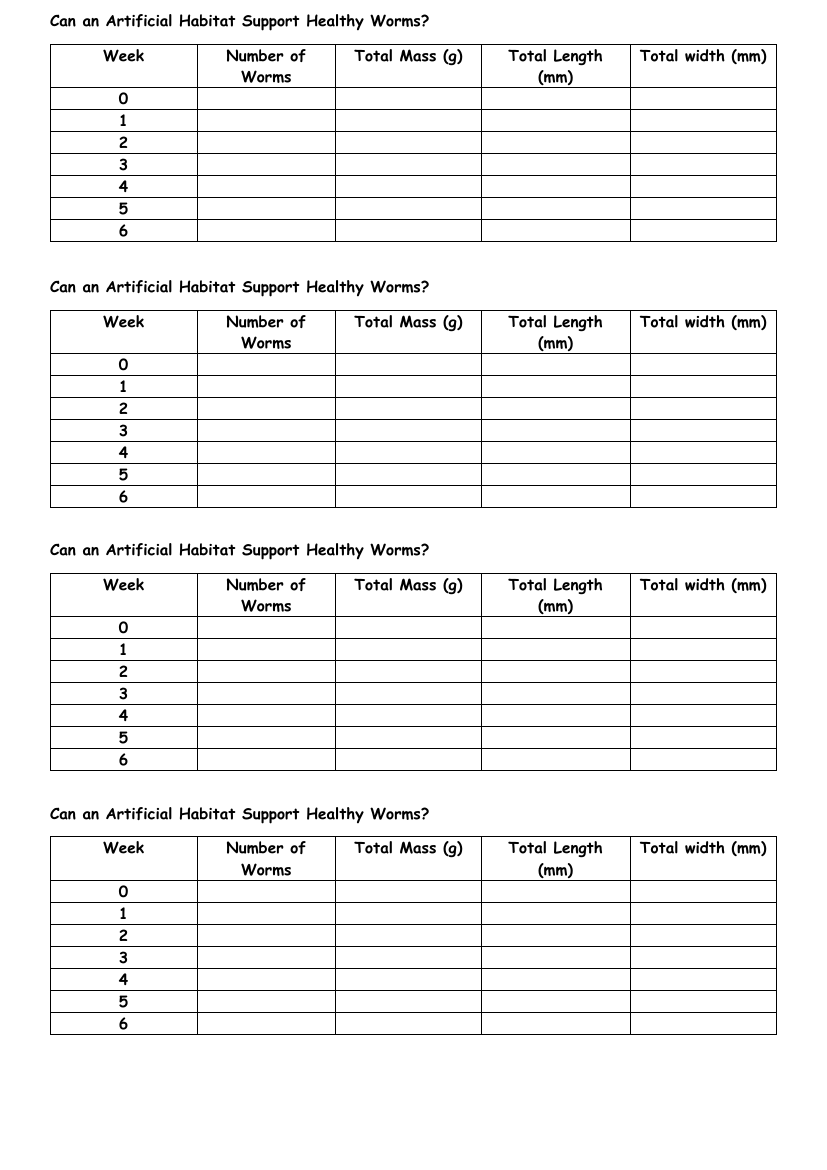
Science Resource Description
The provided text outlines a structured scientific investigation aimed at determining whether an artificial habitat can support the health and growth of worms. The study is methodically recorded over a seven-week period, with data collected weekly and presented in a series of results tables. Each table is designed to track the progress of the worms by documenting the number of worms, their total mass in grams (g), total length in millimetres (mm), and total width in millimetres (mm). The baseline measurements are taken at the start of the experiment, indicated as Week 0, and subsequent measurements are recorded at the end of each week, from Week 1 through to Week 6.
The purpose of these results tables is to provide a clear and quantifiable means to assess the viability of an artificial habitat for maintaining worm populations. By comparing the initial data with the weekly updates, researchers can observe changes in the worms' physical attributes, which serve as indicators of their overall health and well-being. The data collected will help to answer the central research question: "Can an Artificial Habitat Support Healthy Worms?" By analysing trends in the worms' mass, length, and width over the course of the experiment, conclusions can be drawn about the suitability of the artificial environment for sustaining worm life.

